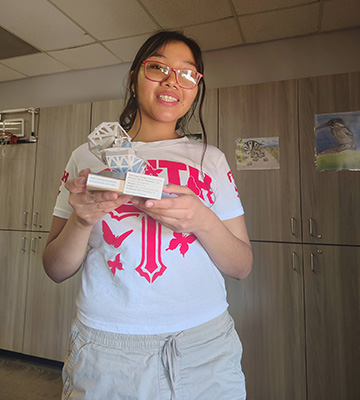
Indian Oasis News
Visit this page often to stay well-informed.
Welcome to Our New Website
We welcome you to our new and improved responsive (mobile-friendly) website. We are grateful to the many district and school staff members who worked together to envision a website that reflects how much we care about our students.
Follow Us!
We’re excited to invite all families and students to join our official Facebook page!

